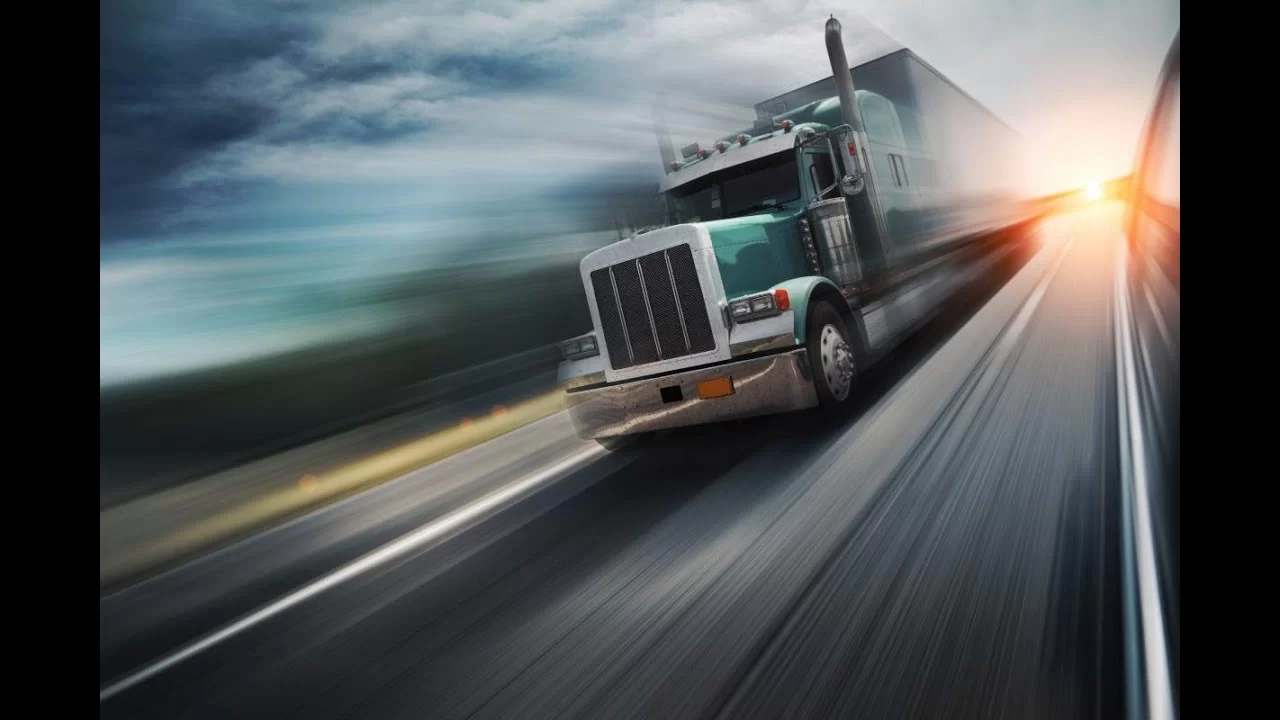Google Maps can be a useful tool for truck drivers, as it provides navigation and real-time traffic updates. However, the question of whether Google Maps is good for truck drivers depends on various factors such as truck-specific routing, height and weight restrictions, and the accuracy of the information provided. Truck drivers need reliable and accurate navigation to avoid low bridges, narrow roads, and other obstacles that are not suitable for large vehicles. Therefore, it is important to evaluate whether Google Maps can meet the specific needs of truck drivers in terms of route planning and navigation.
One of the main concerns for truck drivers using Google Maps is the lack of truck-specific routing and information. Truck drivers need to consider factors such as bridge height, weight limits, and truck-accessible roads, which may not be accurately reflected in standard navigation apps. This can lead to inefficiencies and potential safety hazards for truck drivers. Additionally, truck drivers may also be interested in features such as rest stop locations, truck-friendly fuel stations, and weigh station alerts, which are not always available on Google Maps. Therefore, while Google Maps can be a helpful tool for general navigation, it may not fully meet the specific needs of truck drivers.
Pros of Using Google Maps for Truck Drivers
Google Maps is a popular navigation tool that many truck drivers use to plan their routes and find their way to their destinations. One of the main advantages of using Google Maps is its up-to-date traffic information, which allows truck drivers to avoid congested areas and plan their trips more efficiently. Additionally, Google Maps provides detailed information about points of interest, such as truck stops, rest areas, and fuel stations, making it easier for drivers to find essential amenities along their route.
Another benefit of using Google Maps for truck drivers is its integration with other Google services, such as Google Search and Google Street View. This integration allows drivers to access additional information about their destinations, such as business hours, contact information, and visual representations of the area they are traveling to. Overall, Google Maps offers a user-friendly interface and a wealth of features that can help truck drivers navigate more effectively and make informed decisions while on the road.
Cons of Using Google Maps for Truck Drivers
While Google Maps offers many benefits for truck drivers, there are also some drawbacks to consider. One potential limitation is the lack of specific trucking-related data, such as bridge heights, weight limits, and truck-restricted routes. This means that truck drivers may need to use additional resources, such as specialized trucking GPS devices or paper maps, to ensure they are following suitable routes for their vehicles.
Additionally, Google Maps may not always provide the most efficient routes for truck drivers, as it is primarily designed for general use and may not take into account factors that are important for commercial vehicles, such as truck-specific speed limits and restrictions. As a result, truck drivers may need to double-check the suggested routes and make adjustments based on their specific needs and regulations. Despite these limitations, many truck drivers still find Google Maps to be a valuable tool for navigation and trip planning.
Overall Suitability of Google Maps for Truck Drivers
In conclusion, Google Maps can be a useful tool for truck drivers, providing valuable information about traffic conditions, points of interest, and destination details. While it may not offer all the specialized data that truck drivers require, it can still serve as a helpful resource when used in conjunction with other navigation tools and resources. Truck drivers should be aware of its limitations and take the necessary precautions to ensure they are following safe and suitable routes for their vehicles. With proper consideration and use, Google Maps can be a valuable asset for truck drivers navigating the roadways.
| Pros | Cons |
|---|---|
| Provides real-time traffic information | May not always have accurate truck-specific routes |
| Offers street view for better visualization | Limited information on low clearance or weight-restricted roads |
| Can help find truck stops and rest areas | Doesn’t always consider truck-specific restrictions and regulations |
| Easy to use and available on multiple devices | May not provide the best routes for oversized or hazardous cargo |
SONUÇ
Google Maps can be a useful tool for truck drivers, providing real-time traffic information, street view, and assistance in finding truck stops. However, it may not always have accurate truck-specific routes and can lack important information on low clearance or weight-restricted roads. Truck drivers should use Google Maps as a supplemental tool and not rely solely on its guidance for truck-specific navigation.



